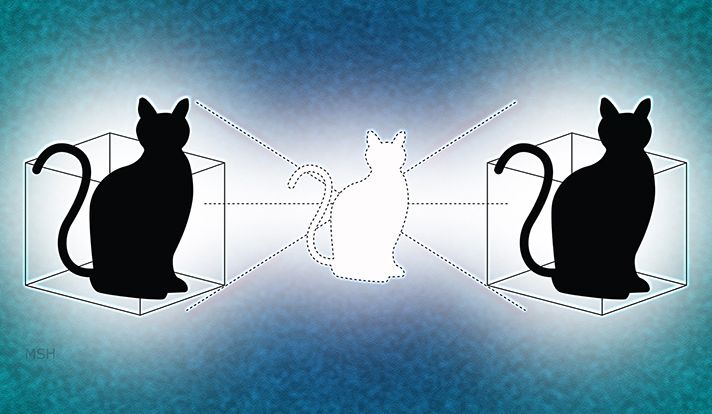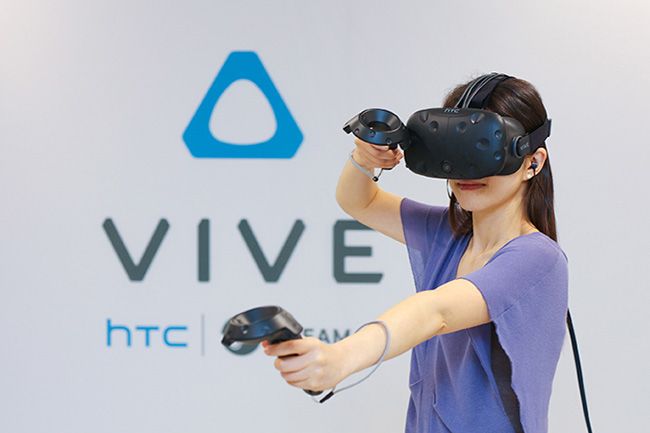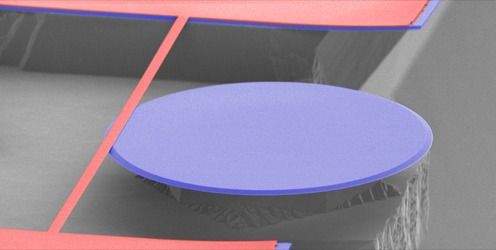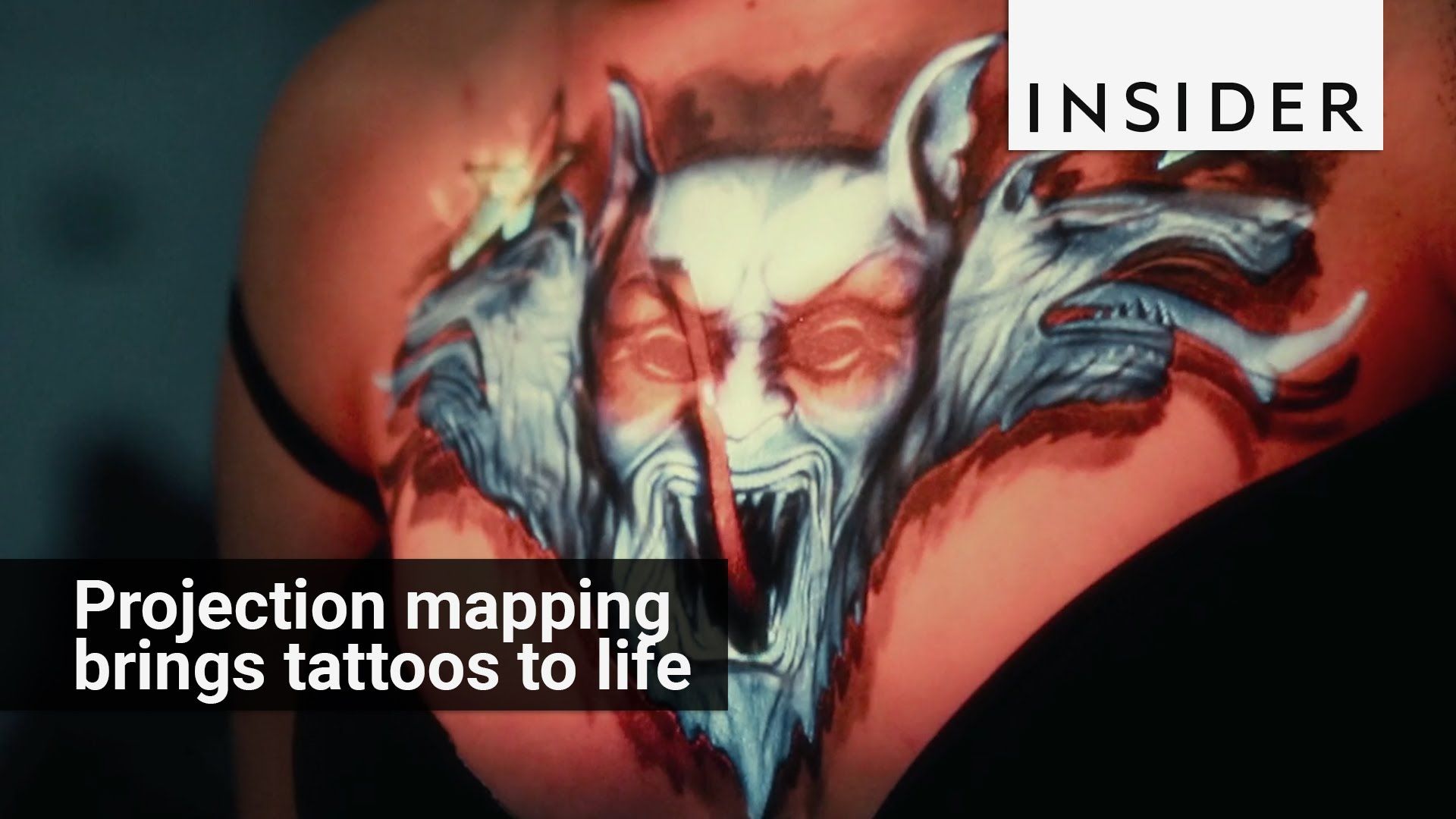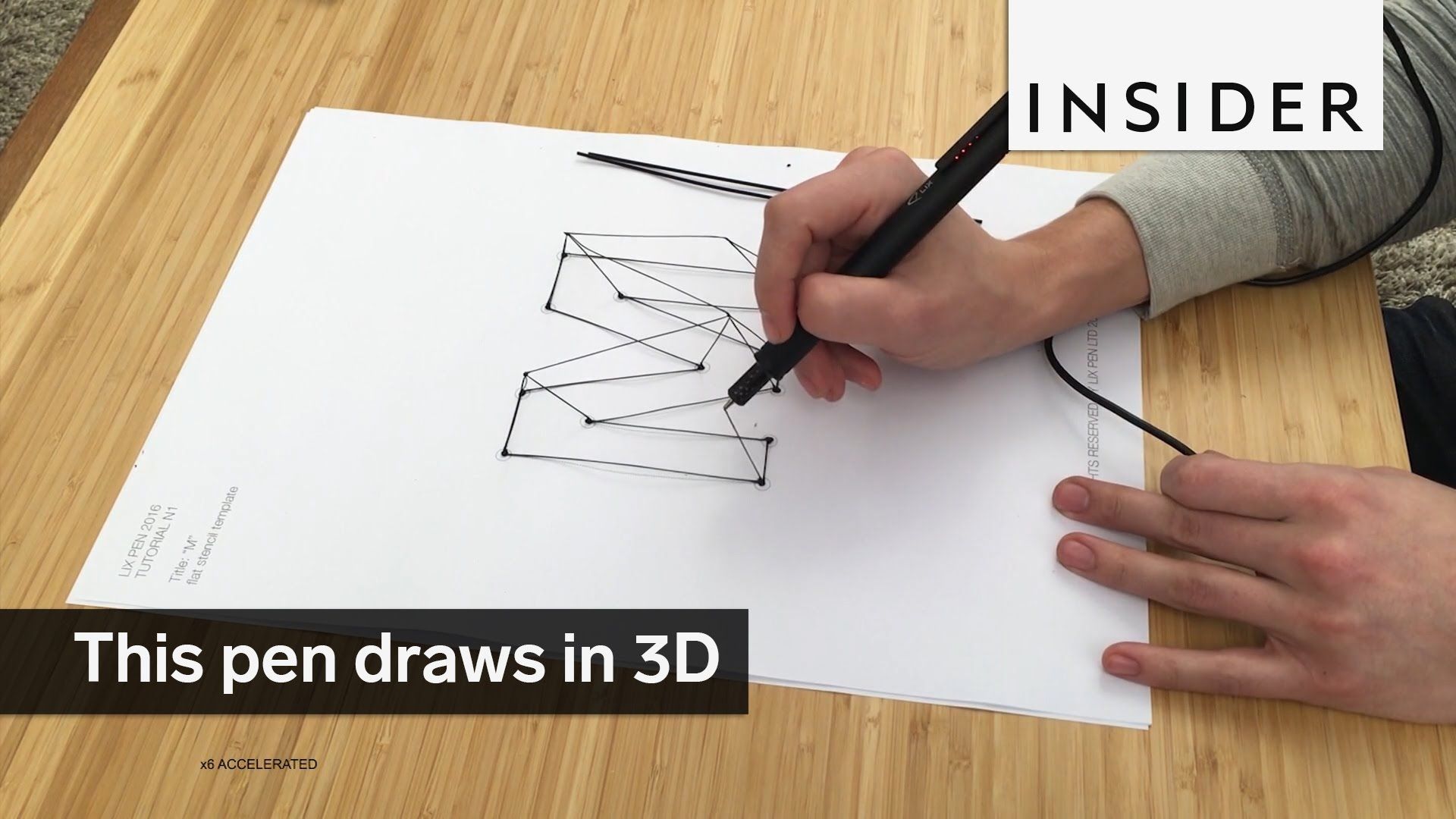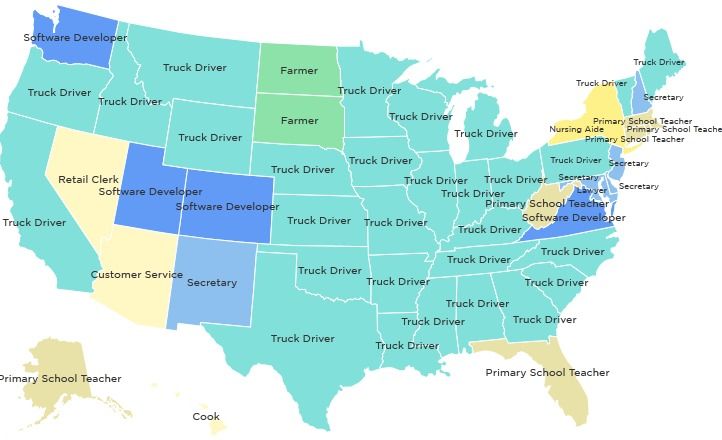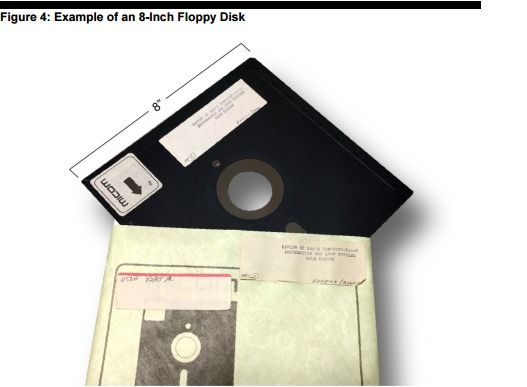Page 11157
May 26, 2016
Doubling down on Schrödinger’s cat
Posted by Karen Hurst in categories: computing, particle physics, quantum physics
Could Yale physicists finally give Schrödinger’s cat a second box to play in proving the superposition of states.
Yale physicists have given Schrödinger’s famous cat a second box to play in, and the result may help further the quest for reliable quantum computing.
Schrödinger’s cat is a well-known paradox that applies the concept of superposition in quantum physics to objects encountered in everyday life. The idea is that a cat is placed in a sealed box with a radioactive source and a poison that will be triggered if an atom of the radioactive substance decays. Quantum physics suggests that the cat is both alive and dead (a superposition of states), until someone opens the box and, in doing so, changes the quantum state.
May 26, 2016
HTC is developing its own virtual reality game for the Vive — By Nick Statt | The Verge
Posted by Odette Bohr Dienel in categories: business, virtual reality
“HTC is developing a virtual reality game for its Vive headset called Front Defense, and the company plans on demoing it at the Computex conference in Taipei, Taiwan next week.”
May 26, 2016
Synopsis: Position Detector Approaches the Heisenberg Limit
Posted by Andreas Matt in categories: electronics, quantum physics
The light field from a microcavity can be used to measure the displacement of a thin bar with an uncertainty that is close to the Heisenberg limit.
Tracking the exact location of an object is important in gravitational-wave detectors and optical cooling techniques. However, quantum physics imposes certain limits on the measurement precision. Tobias Kippenberg and his colleagues at the Swiss Federal Institute of Technology in Lausanne have devised an optomechanical device that measures the displacement of a tiny vibrating bar at room temperature with an uncertainty near the so-called Heisenberg limit. The precision of the sensor is nearly 10,000 times smaller than the zero-temperature fluctuations (zero-point motion) of the bar.
The Heisenberg uncertainty principle says—in practical terms—that any measurement of an object’s position will unavoidably give it a push that disturbs its momentum. To minimize this backaction, researchers have developed systems that couple the position of an object with the light field from an optical cavity.
May 26, 2016
Physicists think they might have just detected a fifth force of nature
Posted by Andreas Matt in categories: particle physics, space
Physics can be pretty intense at times, but one of the most straightforward aspects is that everything in the Universe is controlled by just four fundamental forces: gravity, electromagnetic, and strong and weak nuclear forces.
But now physicists in Hungary think they might have found evidence of a mysterious fifth force of nature. And, if verified, it would mean we’d need to rethink our understanding of how the Universe actually works.
Before we get into that, let’s go back to those four forces for a second, because they’re pretty important. They’re a fundamental part of the standard model of physics, which explain all the behaviour and particles we see in the Universe.
Continue reading “Physicists think they might have just detected a fifth force of nature” »
May 26, 2016
Force-feeling phone: Software lets mobile devices sense pressure
Posted by Karen Hurst in categories: media & arts, mobile phones
Temporary concept; however, those first alerts (aka help me; I fallen and can’t get up) already covers this plus with the direction we’re going with BMI in the next 5 years this will not be needed.
What if you could dial 911 by squeezing your smartphone in a certain pattern in your palm? A different pattern might turn the music on or flip a page on the screen.
New software developed by University of Michigan engineers and inspired, in part, by a Batman movie, could give any smartphone the capacity to sense force or pressure on its screen or body. ForcePhone offers new ways for people to command their mobile devices.
Continue reading “Force-feeling phone: Software lets mobile devices sense pressure” »
I don’t have tattoos, etc. However, many people of all walks of life do. I will have to admit that this is amazing in how they did the animation.
These visual artists brought tattoos to life.
Can’t wait to share with my artists and designer friends.
This pen draws in 3D. It’s called the Lix.
Capitalism, at least as we know it, will probably not survive through the next decade. UBI might delay it, but the outcome is inevitable.
Submitted by Paul Rosenberg via FreemansPerspective.com,
It’s really just a matter of time; the working man’s deal with his overseers is half dead already. But there’s still inertia in the system, and even the losers are keeping the faith. Hope dies slowly, after all.
May 26, 2016
A computer that uses 8-inch floppy disks “coordinates the operational functions“ for nuclear forces
Posted by Amnon H. Eden in categories: cybercrime/malcode, government
America’s Department of Defense (DOD) “coordinates the operational functions of the United States’ nuclear forces with a 1970s computer system that uses 8-inch floppy disks” says a report by the United States Government Accountability Office.
On January 13, US President Barack Obama, speaking at the National Cybersecurity and Communications Integration Center (NCCIC), addressed the issue of cybersecurity, one day after the official Twitter account for the US Central Command (Centcom) was hacked by supporters of the Islamic State.

